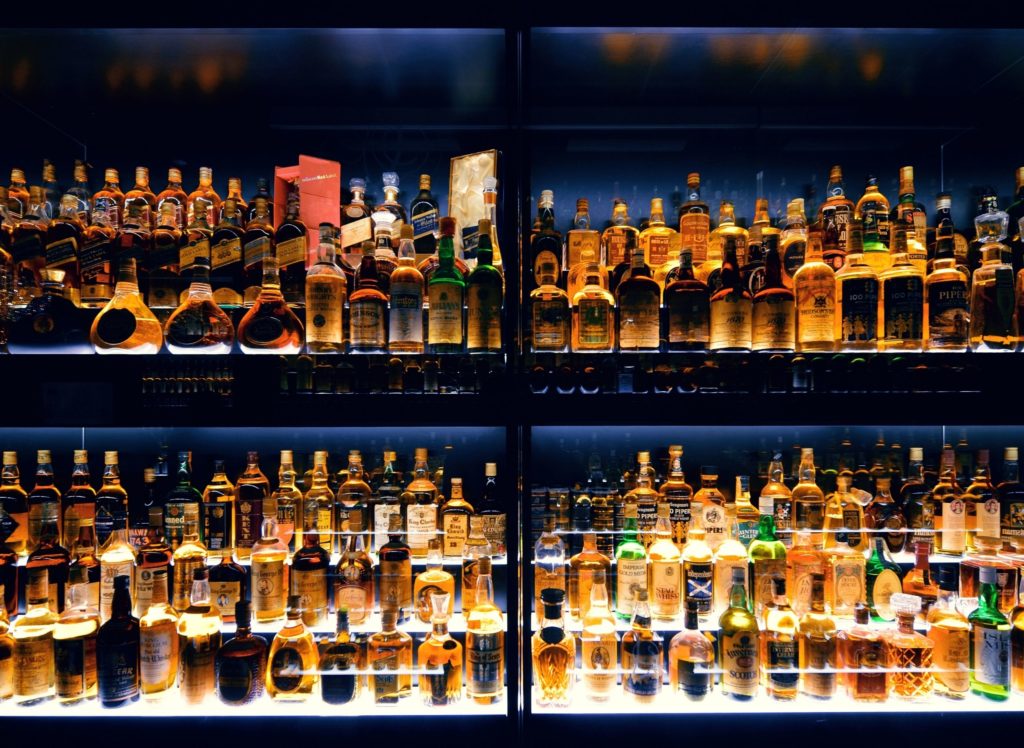Whisky production in Scotland dates back hundreds of years and has become one of the country's most famous exports - with over 1.14 billion bottles of the 'water of life' shipped out to countries all over the world each year.
But what exactly makes a whisky a Scotch whisky?
A quick way to fall out with somebody from Scotland is to misspell 'whisky' with an additional 'e'.
Whiskey tends to be from America (bourbon) and Ireland (famous brands like Jamieson and Bushmills), although whisky made using traditional Scottish methods, including that made in Japan, also uses the traditional spelling.
While there are a range of theories for the differing spelling (such as the extra 'e' standing for 'excellence') the truth is nobody knows how the differentiation came about.
For many years the New York Times used the blanket spelling of whiskey, until Scottish readers successfully demanded that they change their style guide.
Meanwhile the word Scotch tends to simply be what Americans call all whisky made in Scotland.
As of 23 November 2009, the matter of what constitutes a Scotch whisky was enshrined in law as part of the Scotch Whisky Regulation, which define and regulate the production, labelling, packaging and advertising of the drink
A Scotch whisky must be Is produced at a distillery in Scotland from water and malted barley which have been "processed at that distillery into a mash, converted at that distillery to a fermentable substrate only by endogenous enzyme systems, fermented at that distillery only by adding yeast, and distilled at an alcoholic strength by volume of less than 94.8 per cent.
This effectively protects the traditional manufacture of whisky, while the regulations also say that the drink must be matured in a Scottish excise warehouse for at least three years in oak casks no larger that 700 litres in size.
The rules go on to say that the whisky should "retains the colour, aroma, and taste of the raw materials used in, and the method of, its production and maturation."
Finally, a Scotch whisky should contain no extra ingredients, other than water and plain colouring and should have a minimum acohol strength of 40 per cent.
If it satisfies all these condition, it can be labelled and sold as a Scotch whisky.
There are two basic types of Scotch whisky - single malts and single grains.
Single malt Scotch whisky is one that have been made at a single distillery using a pot still (the traditional method of whisky production that has been used for centuries), using a mash made from malted barley and no other grains.
A single grain Scotch whisky is also made at one distillery (the single of the title), but which includes the grains of other cereals along with barley. It can be made using the more modern continuous, or column, stills - a technique which allows for cheaper and quicker production.
These two kinds of whisky can then me used to make one of three types of blend, which account for around 90 per cent of all whisky sold.
Blended malt scotch whisky is a blend of two or more single malt Scotch whiskies from different distilleries.
Blended grain Scotch whisky is a blend of two or more single grain Scotch whiskies from different distilleries.
Blended Scotch whisky is a blend of one or more single malt Scotch whiskies with one or more single grain Scotch whiskies.
